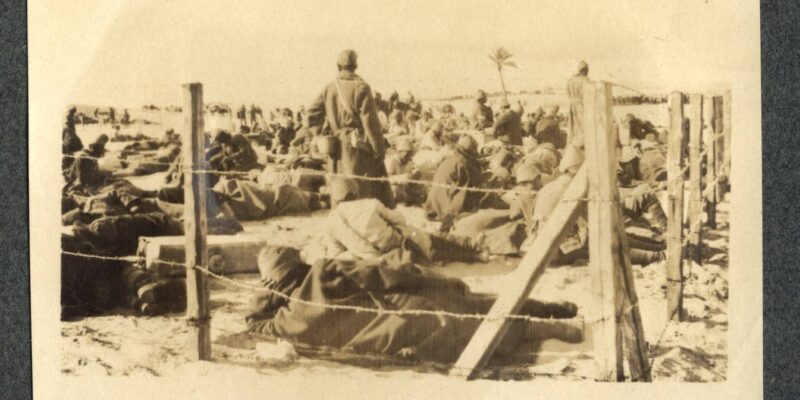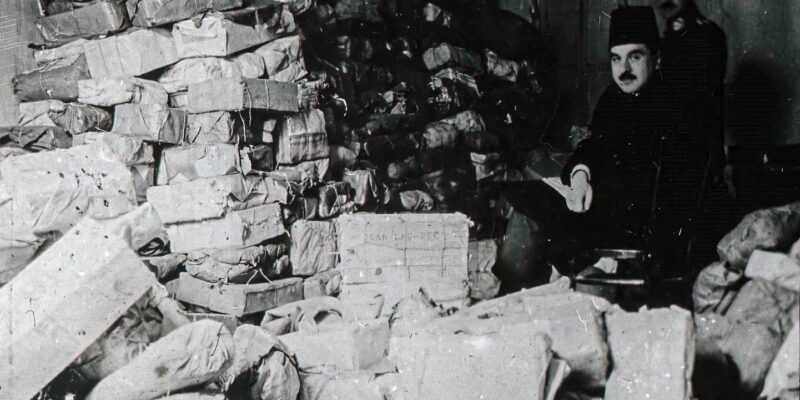Exibition Content
Selected from 25,000 prisoner letters written during World War I, the letters tell the story of hopes, longings, and difficult struggles that sprouted in the darkness of war and captivity, accompanied by photographs, videos, and installations.
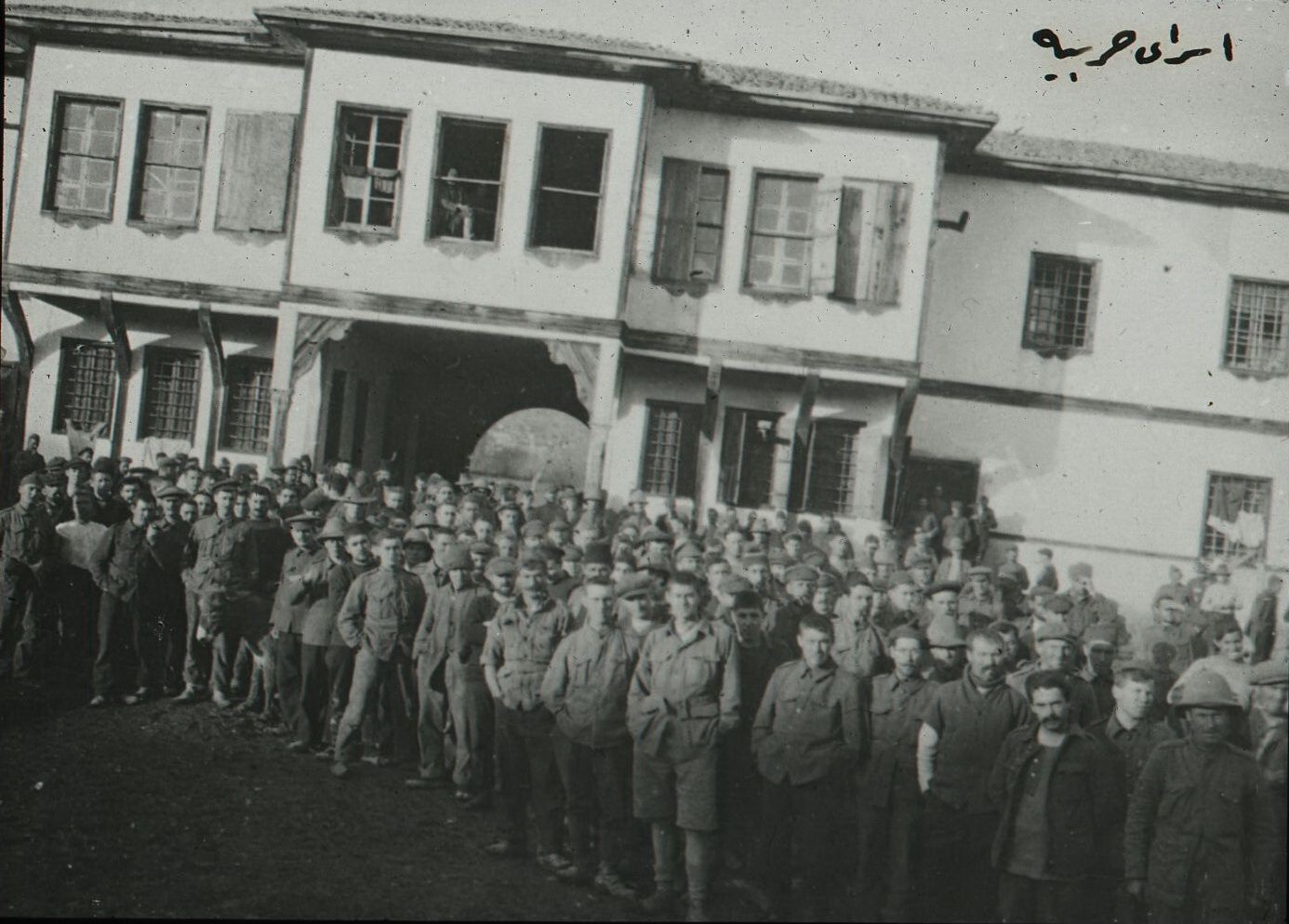
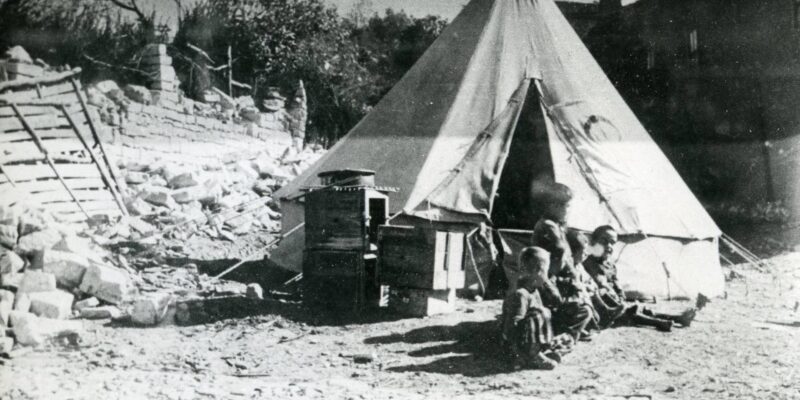
Hard Times
Captured soldiers were initially interrogated by authorities who spoke their language about their ranks, the state of their units, and military secrets. They were generally forced to live in buildings surrounded by security strips and behind wire fences. In the desert conditions of Egypt, eye diseases such as trachoma were very common. Incorrect or incomplete treatments applied to prisoners exacerbated the situation. Malaria, diarrhea, typhus, typhoid, dysentery, chronic bowel diseases, and contagious diseases such as the Spanish flu, as well as nervous disorders were also common in prisoner camps.
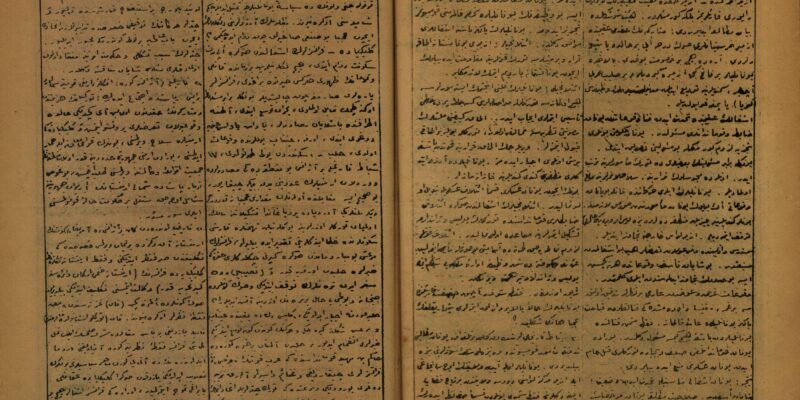
Newspapers of Captivity
Dozens of periodicals were published by Ottoman troops captured during World War I. These publications, written by hand and mimeographed on carbon paper, are rare examples of the inmates’ attempt to forget their confinement and demonstrate unity. The work put into these newspapers demonstrates that captivity life over many years is more than simply pain, and that, in addition to everyday occupations, numerous social, cultural, and recreational activities such as sports and music are extremely important to the prisoners.
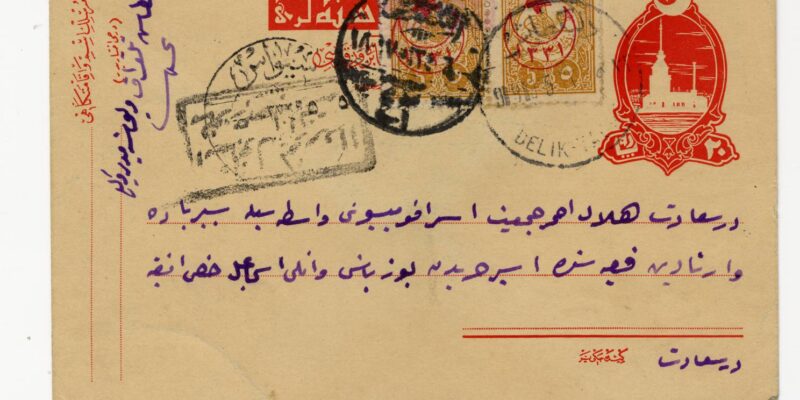
2 Letters and 4 Postcards
For prisoners, letters and postcards were the only way to communicate with the outside world. Each prisoner was allowed to write two letters and four postcards per month. However, letters were often censored. For illiterate prisoners, letters were written by sergeants or commanders. Responses to sent letters and postcards took 45-50 days to arrive. It is known that British prisoner camps in India and Egypt received approximately 2,500 letters per month. These letters included information about prisoners’ health, address changes, money, and other needs. Prisoners’ families could send parcels and money transfers through embassies or aid organizations. Turkish prisoners were able to receive letters more regularly through the Red Crescent.
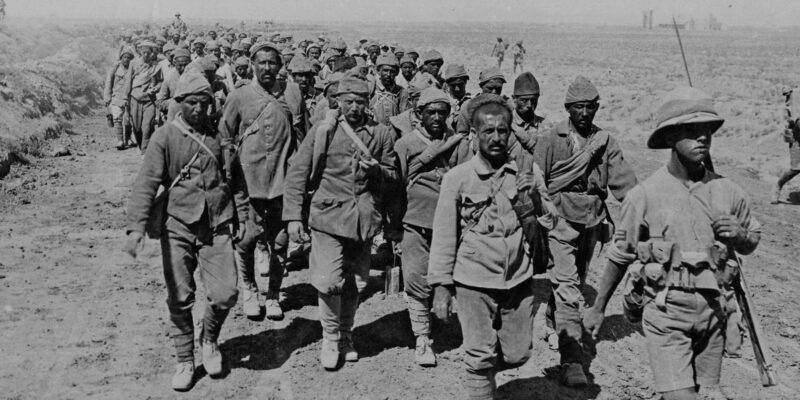
An Arduous Journey
Prisoners were generally taken to concentration camps on foot. While a lucky few were transported on horseback or camels, the majority had to endure this arduous journey that lasted for days. The lack of food and water was one of the biggest problems during the transfer phase. From these initial collection camps, prisoners were transported by ship or train to temporary transit camps and then to their final destination: the prisoner camps.
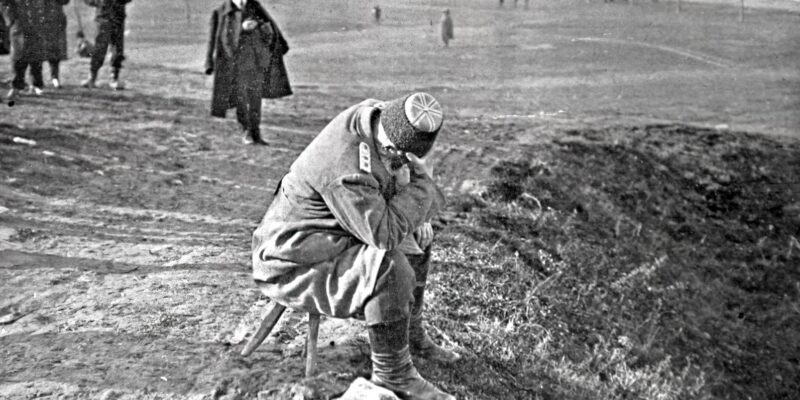
Life in Prison Camps
While prisoners generally wore uniforms, they often faced difficulties meeting their basic needs, regardless of their rank. Necessities such as beds, rest, food, drinking water, and healthcare were not fully met.
Prisoners spent their time in camps learning languages, participating in theater, playing sports, reading old newspapers, publishing their own newspapers, and writing cartoons, poems, and articles.
Fights, injuries, and murders were common in the camps.
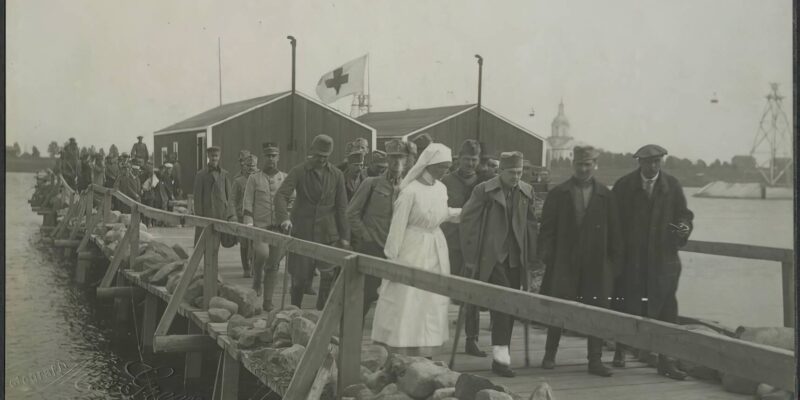
Returning Home
After the October Revolution of 1917, Turkish prisoners of war escaped from Russian camps and returned to their homeland via Japan and China. The return process for prisoners continued until the 1930s in remote areas like French Guiana. Unfortunately, many prisoners never made it back from captivity.

Bird Installation
Amidst the harsh realities of World War I, 25,000 prisoner letters remained undelivered, trapped in a time capsule for a century.
These letters, carrying the hopes, sorrows, and longing of prisoners, were frozen in time, unable to reach their intended recipients.
Now, the time has come to liberate these sentiments and ensure they finally reach their addressees.
They made me a senior sergeant,
In the desert of exile,
I became an owl,
No news from mother, father, or beloved,
Fly birds, fly towards home.

Mourning Room
This room is a space opened for us to mourn our ancestors whose lives, homelands, and families were torn apart by the horrific hands of war. Like any mourning, this mourning deserves our attention, care, and respect. Let us come together in this room and honor the memories and grief of our ancestors with care. Let us pray for them and hope to see the same devotion one day as an ancestor.
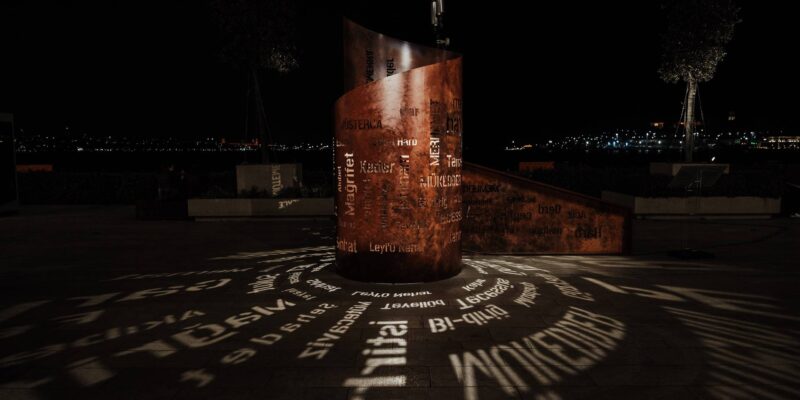
The Wisdom in Words
All the words we use to be known and understood are like beams of light piercing through the darkness of captivity and isolation, healing and guiding us. Writing letters, in a place where words are the only tools at hand, requires not surrendering to silence and despair. The letters of prisoners of war were a rebellion against the threats posed to our humanity, our bonds, and our sense of belonging. They resisted the war and the century that followed, and today they are here.
These words, collected from the letters of those who were taken prisoner during the First World War, carry life, resilience, hope, longing, and prayer. Can you feel their warmth?
